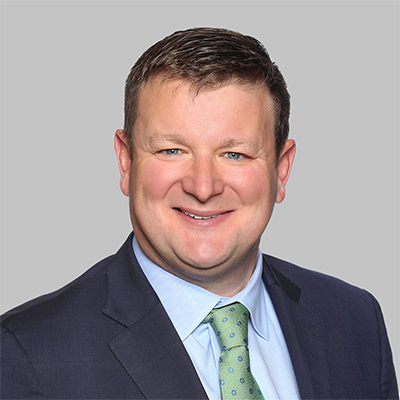Presented By: Berkadia
Navigating Change: HUD’s Strategic Role in the Evolving Commercial Real Estate Landscape
By: Senior Managing Director Kevin Kozminske, Berkadia FHA/HUD

In our Beyond Insights Quarterly Market Update, we delve into the evolving landscape of commercial real estate amidst significant global economic shifts. While recent headlines have focused on rising tariffs and heightening geopolitical tensions, factors that continue to impact construction costs and supply chains, the U.S. Department of Housing and Urban Development (HUD) is advancing efforts to address long-standing supply challenges.
Under the leadership of Secretary Turner, HUD is prioritizing initiatives that leverage existing programs to support the development without requiring additional appropriations. A key focus is on enhancing process efficiency and regulatory clarity, an approach designed to make current resources more accessible to developers and capital providers. These efforts come at a time when inflationary pressures, including those influenced by tariff-related cost increases, are creating new obstacles for housing production.
One program drawing particular interest is HUD’s 221(d)(4) offering, which provides non-recourse, construction-to-permanent loans with 40-year amortization and fixed-rate terms. Long utilized for its predictability and scale, this program is being reexamined by both developers and institutional investors as a potential catalyst for new multifamily construction, especially in markets facing growing affordability concerns.
The renewed attention to HUD tools comes as multifamily permits and starts have fallen sharply, down 38% and 40%, respectively, since Q3 2022. Many analysts project a significant supply shortfall by 2026-2027, prompting investors to adjust underwriting assumptions and consider long-term strategies to meet anticipated demand.
Despite persistent challenges such as elevated interest rates, rising insurance and labor costs, and oversupply concerns persist, investor sentiment remains optimistic. According to our Multifamily Investor Sentiment Survey, 65% of our investors plan to moderately expand their portfolios this year, while 18% anticipate aggressive growth. Encouraged by signs of moderate market recovery, many investors continue to pursue strategic opportunities despite economic and operational hurdles.
In the near term, capital market volatility is poised to remain a staple. However, institutional capital is not retreating but shifting towards more defensive strategies and high-conviction investment theses. Public-private instruments like HUD loan programs, alongside traditional agency and balance sheet executions, are likely to become critical components of the CRE capital stack in the months ahead. Public-private collaboration remains key to addressing affordability and supply challenges, and stakeholders across the housing sector are watching closely as HUD refines its approach to meet the needs of today’s market.
1. Berkadia’s 2025 Multifamily Investor Sentiment Survey, March 2025



